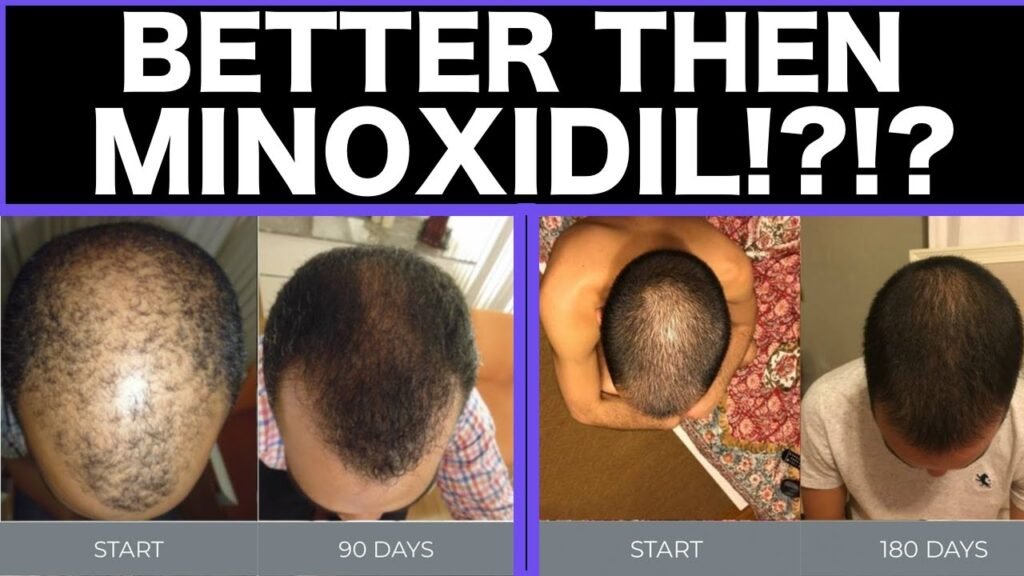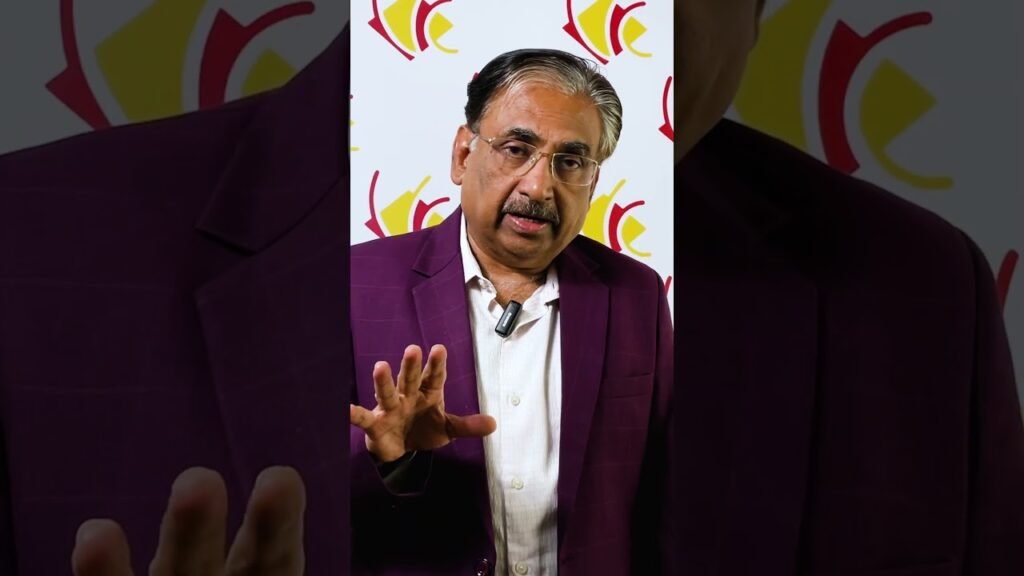Which one should you use: Minoxidil vs tretinoin
When considering treatments for hair loss or skin concerns, two prominent options often arise: Minoxidil and Tretinoin. Both have proven benefits, but their applications and effects differ significantly, making the choice between them crucial depending on your specific needs. Understanding their primary functions can help in determining which treatment aligns best with your goals.
Minoxidil: The Hair Growth Stimulant
Minoxidil is primarily used as a topical treatment for hair loss. It is most effective in promoting hair regrowth and slowing down balding in both men and women. Minoxidil works by stimulating hair follicles and increasing blood flow to the scalp, which can result in thicker and fuller hair over time. Users typically apply it directly to the scalp, and while it is generally well-tolerated, some may experience side effects such as scalp irritation or unwanted facial hair growth. Minoxidil is widely recommended for individuals experiencing androgenetic alopecia, commonly known as male or female pattern baldness.
Tretinoin: The Skin Rejuvenator
On the other hand, Tretinoin is a derivative of vitamin A and is widely used in dermatology for its powerful ability to treat acne and improve skin texture. Tretinoin works by promoting cell turnover and preventing the clogging of pores, making it an effective solution for those dealing with acne or seeking anti-aging benefits. It can help reduce the appearance of fine lines, wrinkles, and hyperpigmentation. However, users should be cautious as Tretinoin can cause skin irritation, dryness, and increased sensitivity to sunlight, especially when first starting the treatment.
Ultimately, the decision between Minoxidil and Tretinoin depends on whether your primary concern is hair loss or skin improvement. While both treatments have their own set of benefits and side effects, understanding their specific applications will guide you in choosing the most appropriate solution for your needs.


